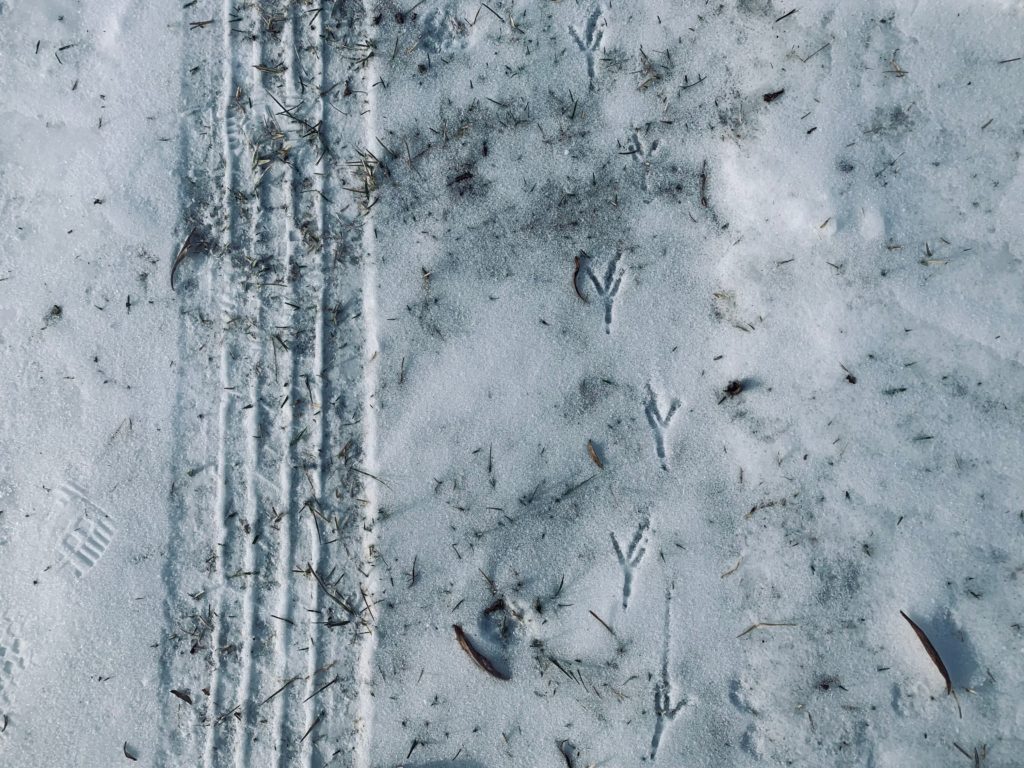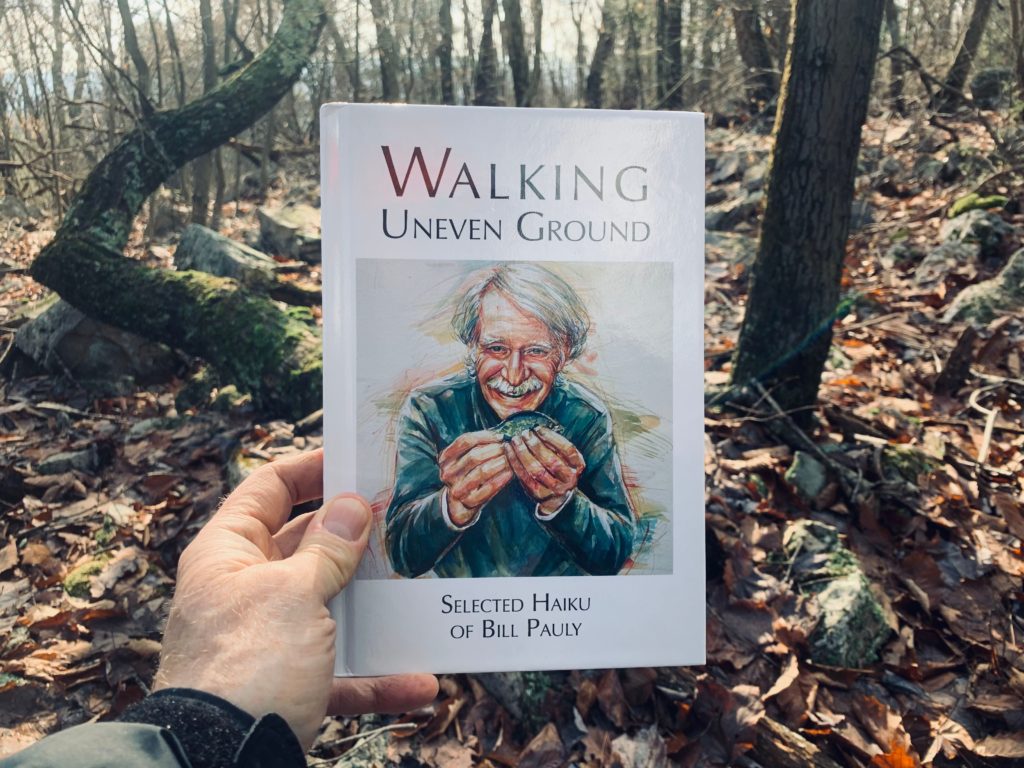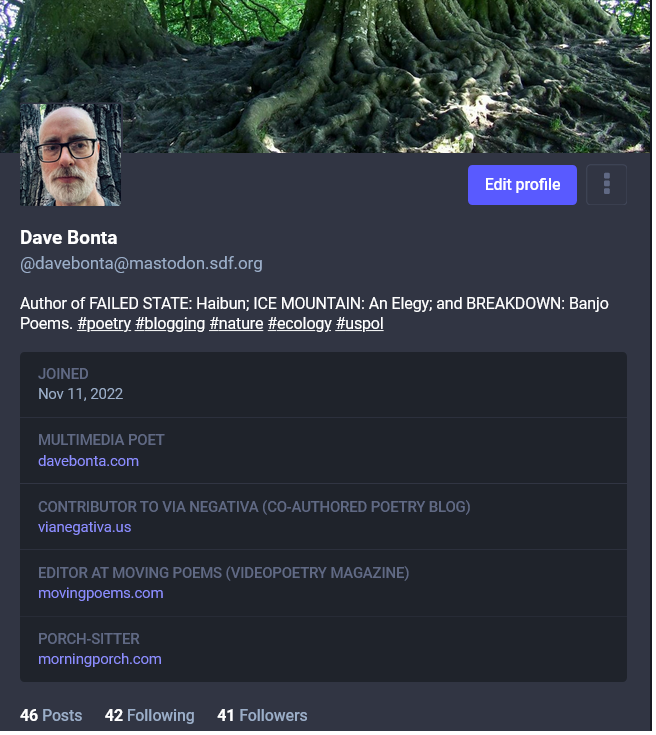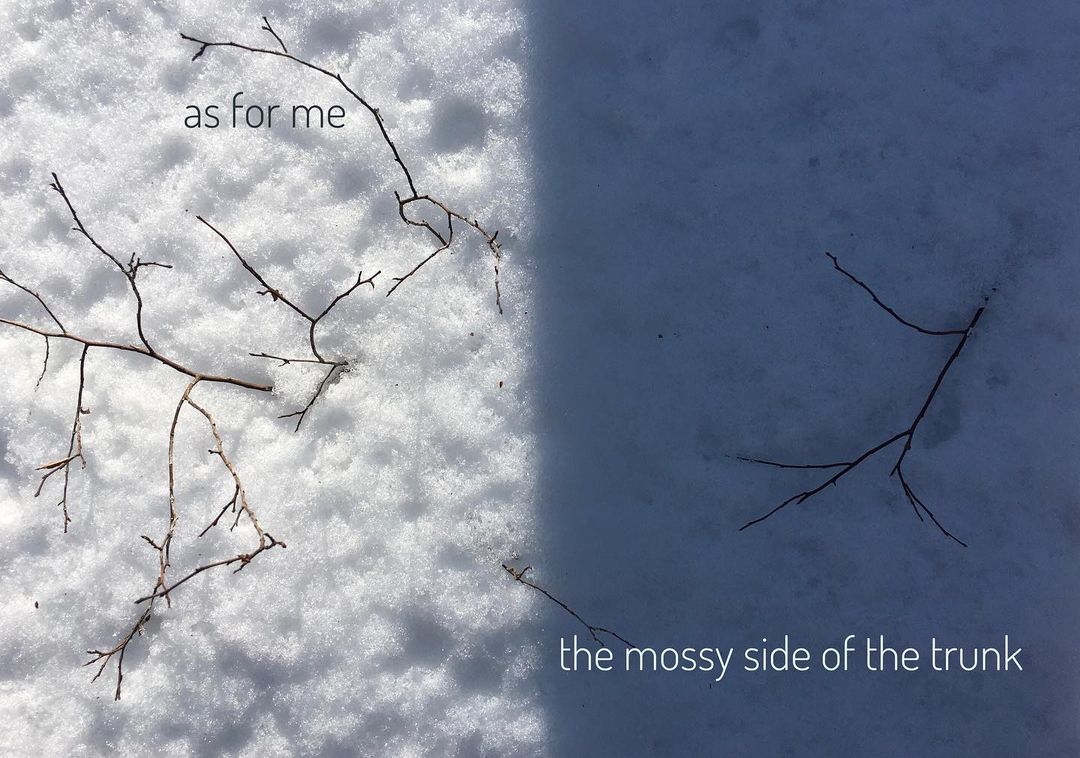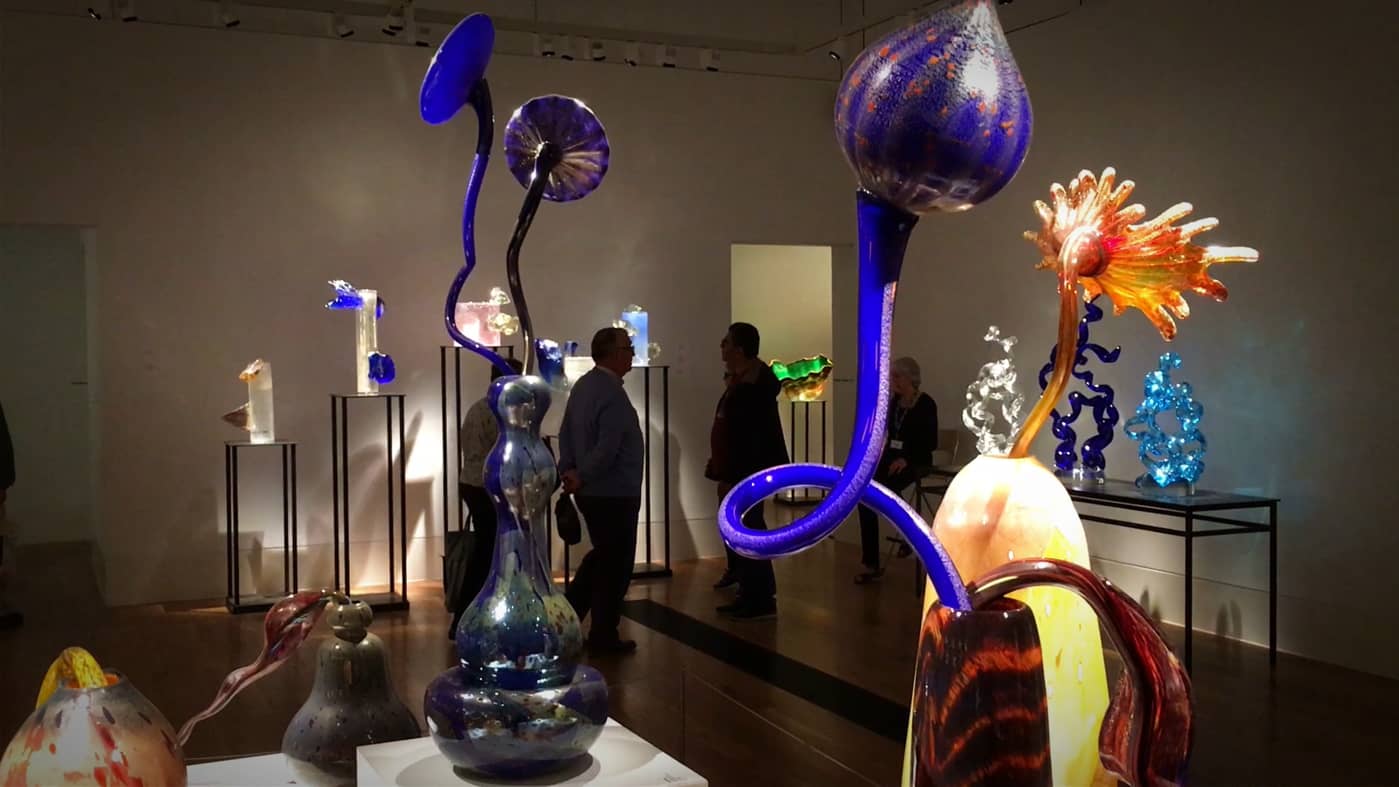
I need to stop saying I’m not ambitious about poetry. I am actually highly ambitious… for my writing. I try like hell to avoid repeating too many received ideas, I read as widely as possible, every day I push back against my natural laziness where word choice is concerned—I work hard at poetry.
It’s the whole publications-and-awards business that I have a hard time with—literally. The older I get, the more zealous I am about preserving time for walking, contemplating, and reading—a mix of poetry, mostly in single-author collections, and nonfiction. I’ve whittled back my news consumption to just a few independent media voices, for a total of about ten hours a week. All these things feed the poetry, which, now that I am no longer in a marriage or LTR, I can devote my full attention to whenever I’m most alert and attentive: first thing in the morning, especially, but also at any other time throughout the day when an idea might hit.
So sending work out is a huge time-suck, but that’s not all that makes me neglect it. Tellingly, I find myself quite enjoying it where haiku and haibun are concerned, because the global network of English-language poets working in Japanese short forms is welcoming and relatively unpretentious: someone who just started writing haiku a month ago has as much chance as a veteran with dozens of books and awards under their belt of landing an acceptance at virtually any journal in the space. It feels like a genuine meritocracy. And author bios are rare in such journals. The overwhelming emphasis in that community is on the poetry, not the poet, within a spirit of mutual assistance and support.
So if mainstream poetry culture were like that, I’m sure I’d take more of an interest in submitting, maybe even occasionally enter a competition. I’ve just come to really loathe academic poetry culture, which seems so divorced from the real world: a hierarchy existing seemingly for its own sake, whose members cling to a decades-out-of-date conception of their own cultural significance. Poets like to console themselves with the hope of some kind of literary legacy, but the reality is that even in the unlikely event that humans survive the next hundred years and give rise to a new, healthier civilization, the literary artifacts they’ll be most interested in from the late 20th and 21st centuries, as they seek to understand our genocidal and ecocidal ways, will be things that had a mass audience: genre fiction, the screenplays for TV shows and movies, pop and rap lyrics, etc. Poetry, not so much. Just as when we want to understand the Elizabethans, we tend to read a scruffy playwright who was barely even regarded as a real writer at the time. Except for a few scholars, who still reads Sir Philip Sydney?
Needless to say, I’m only free to adopt this attitude because I’m not in academia. I certainly don’t blame my academic colleagues for following the conventional route. Though with tenure going away and the American university system increasingly inaccessible to all but the wealthy, I’m not sure how much longer teaching will make sense as a profession for poets. Catering to the elite is already distorting the politics of poetry, favoring a corporation-friendly, cultural version of leftism focused on ethnic and sexual or gender identity to the virtual exclusion of class politics. So bourgeois. So much less threatening to the status quo.
And this kind of material is so in vogue now with the funding orgs and academic gatekeepers, a curious kind of anti-lyrical flatness is taking over—which I actually don’t mind, since I’ve grown rather bored with the dominant autobiographical lyric, and I think it’s good to get more ecological and political concerns out front, as long as didacticism can be kept at arm’s length. So if/when the academic system collapses, I think poetry may emerge stronger (because true strength comes from diversity), however bourgeois it may seem now. But will anyone read it?
Who knows. I write because I can’t not. It’s how I seek to understand the world. And one of the great things about my Pepys erasure project now is that I can see my progress from ten years ago, as I make new erasures from the same diary entries and always compare with my previous attempts. I see plenty of decent poems, but few truly satisfying ones, and for the first couple of years, no real vision or coherent voice. Now I think I do have that, and it’s hugely rewarding, even if some days still don’t produce works of genius (whatever that may be). So I feel the past ten years were well spent. I’m glad I didn’t waste them trying to get big.
*
These ramblings were brought to you by an all-day rain. See what kind of BS I get up to when I don’t go for a walk?
